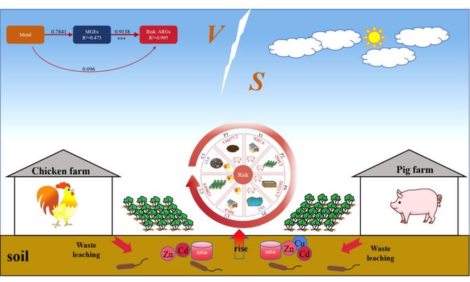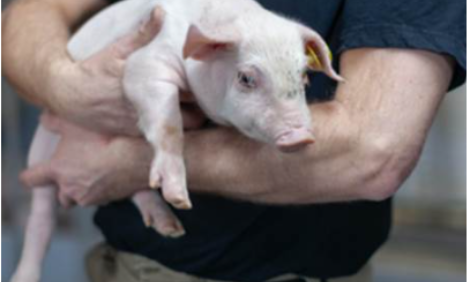



Quantification of Campylobacter in Swine before, during and after Slaughter
After measuring Campylobacter levels in pigs on farm, in lairage and at various stages of processing, researchers based at Ohio State University concluded that the risk of a meat product being contaminated is associated with pigs that shed higher concentrations of Campylobacter before slaughter.Campylobacter has been implicated as a major cause of foodborne illness worldwide, according to M.J. Abley of Ohio State University and co-authors there and at Michigan State University. In a paper published in the latest issue of Journal of Food Protection, they explain that pigs can be subclinically infected, and faecal contamination of meat during slaughter is a food safety risk.
The active of their study was to determine the association between the concentration of Campylobacter pre- and peri-harvest with post-harvest contamination in swine.
Samples were collected from 100 individually identified swine during the pre-, peri- and post-harvest periods. For each animal, the following phases were sampled: on farm (faecal sample), in lairage (hide swab), post-stunning and exsanguination (rectal contents), pre-chilling (carcass swab) and final product (rib meat) sample.
The proportions of samples that were Campylobacter-positive were 90, 95, 76, 100 and 49 per cent for faecal, rectal content, hide, carcass and rib meat samples, respectively.
The mean Campylobacter concentrations for each sample were: faecal sample, 1.7×106 CFU/g; rectal content, 1.2×107 CFU/g; hide swab, 1.4 CFU per square cm; carcass swab, 1.7×103 CFU per half carcass; and rib meat, 18 CFU per gram.
There was a positive correlation between Campylobacter concentrations in faecal samples (R=0.20, P=0.065) and concentration of Campylobacter on rib meat, and between rectal content sample concentration (R=0.20, P=0.068) and the concentration on rib meat. There was no association between the isolation of Campylobacter on rib meat and the isolation of Campylobacter at any pre- or peri-harvest stage. This could indicate that the risk of a meat product being contaminated is associated with pigs that shed higher concentrations of Campylobacter before slaughter.
Reference
Abley, M.J., T.E. Wittum, S.J. Moeller, H.N. Zerby and J.A. Funk. 2012. Quantification of Campylobacter in swine before, during, and after the slaughter process. Journal of Food Protection, 75(1): 139-143. DOI.
Further Reading
| - | You can view the full report (fee payable) by clicking here. |
January 2012








